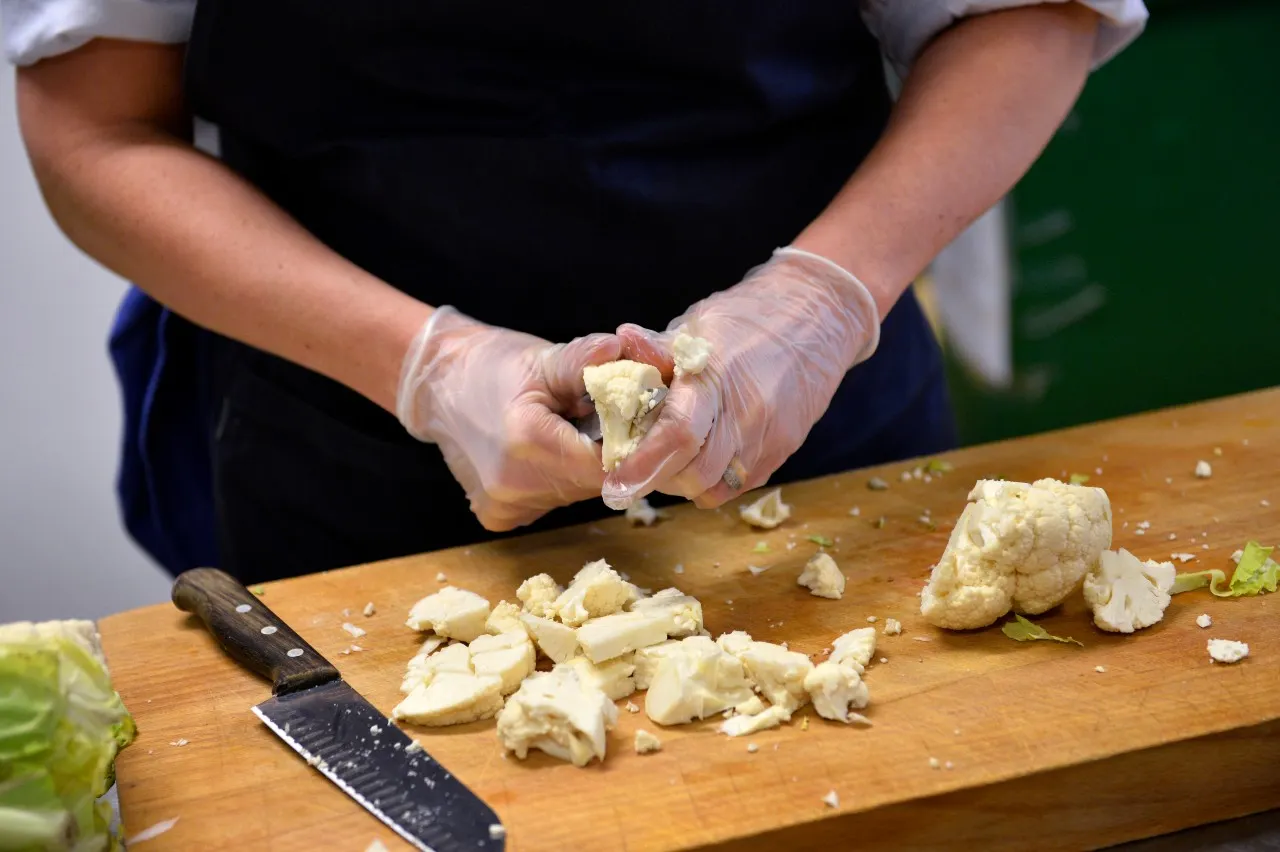Yellow Mustard vs. Dijon Mustard: Heinz Explains the Difference
Can you use the classic French mustard and my favorite hot dog topper the same way?


Of all the condiments in my kitchen, mustard wins out every time. I love a good hot sauce, and I don't have a bone to pick with mayo or ketchup, but in my opinion, there are a few dishes that cannot be enhanced with the addition of mustard.
While my preference is generally Dijon mustard, I'm constantly looking to expand my mustard collection.
Recently, at the grocery store, I found myself once again perusing the mustard aisle, but this time wondering why mustards taste and look so different when they’re made with similar ingredients? I was particularly curious about the difference between Dijon mustard and yellow mustard. So, I reached out to Heinz to see if I could get some answers.
The Differences Between Yellow Mustard and Dijon Mustard
According to the mustard experts at Heinz, “[We make] yellow and Dijon mustards very similarly, with shared ingredients like mustard seed, water, vinegar, and salt.” The milling process for both is also much the same and “is one of the main components in creating great flavor, constancy, and texture.”
There are three distinguishing features between yellow mustard and Dijon mustard: texture, flavor, and color.
When it comes to texture, the experts at Heinz say, “Yellow mustard has a thinner consistency compared to Dijon,” which is creamier and thicker.
“While yellow mustard is a mild mustard with only a slight bite to it,” says Heinz, “Dijon mustard is known for its sharper flavor.” That's because yellow mustard uses yellow mustard seeds, which are mild, compared to black or brown mustard seeds used to make Dijon mustard, which is spicy and bold.
Dijon mustard is darker in color because of the mustard seeds' color. Yellow mustard often has turmeric added to increase its bright yellow hue.
Can You Use Yellow and Dijon Mustard Interchangeably?
“Both yellow and Dijon mustard can be used on a variety of classic dishes,” explain the experts at Heinz. “From marinating meat to mixing salad dressings, both mustards add great flavor and texture to any meal.”
Dijon mustard may be better suited as an addition to sauces and dressings like aiolis or honey mustard sauce or when topping sandwiches, fish, or veggies.
Conversely, yellow mustard is most often utilized as a topping on classic American dishes like hamburgers or hotdogs. It “can be used as a base coat for smoking meat,” explains Heinz, “as it adds flavor and moisture while holding the base of the rub onto the meat.”
This article has been sourced from various publicly available news platforms around the world. All intellectual property rights remain with the original publishers and authors. Unshared News does not claim ownership of the content and provides it solely for informational and educational purposes voluntarily. If you are the rightful owner and believe this content has been used improperly, please contact us for prompt removal or correction.












